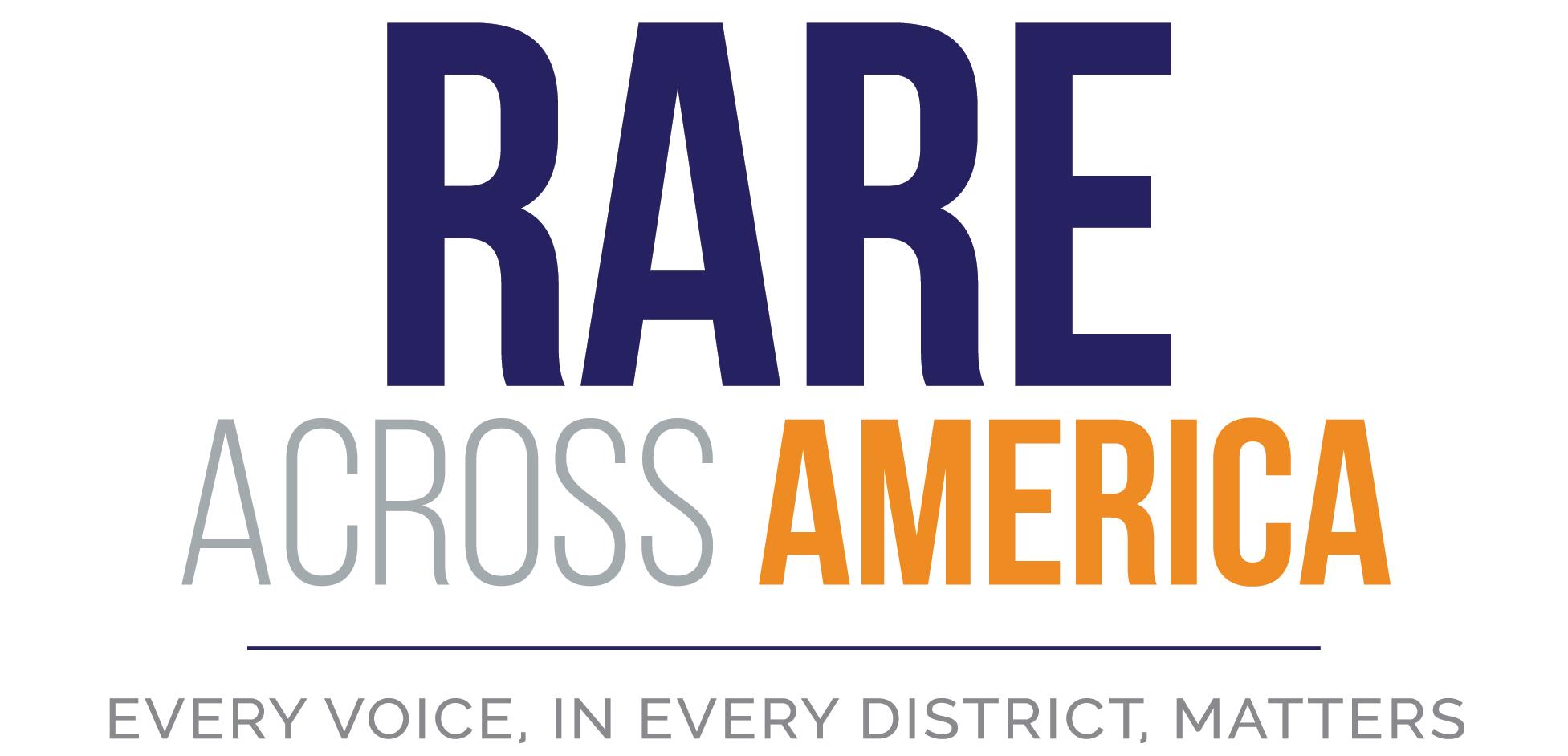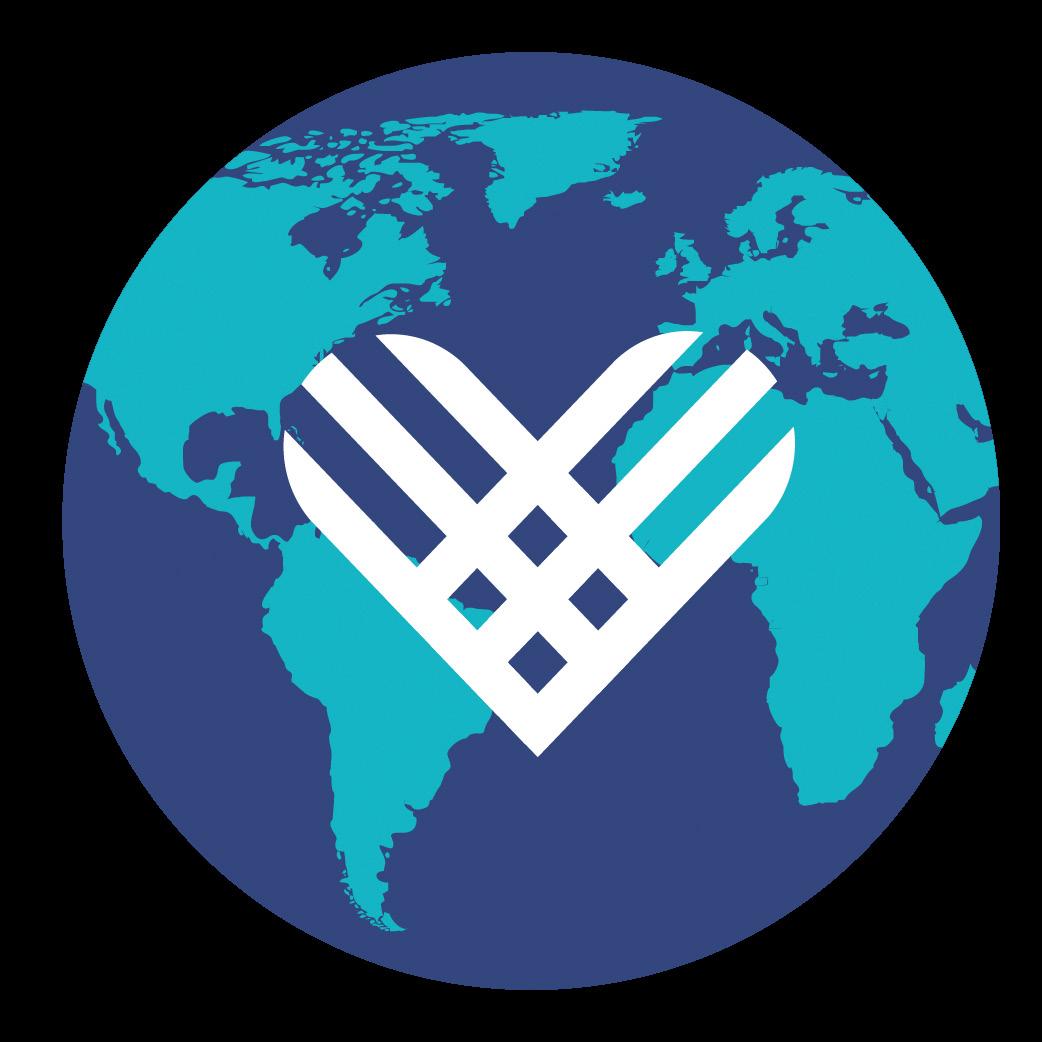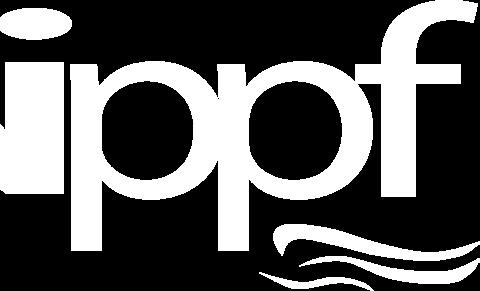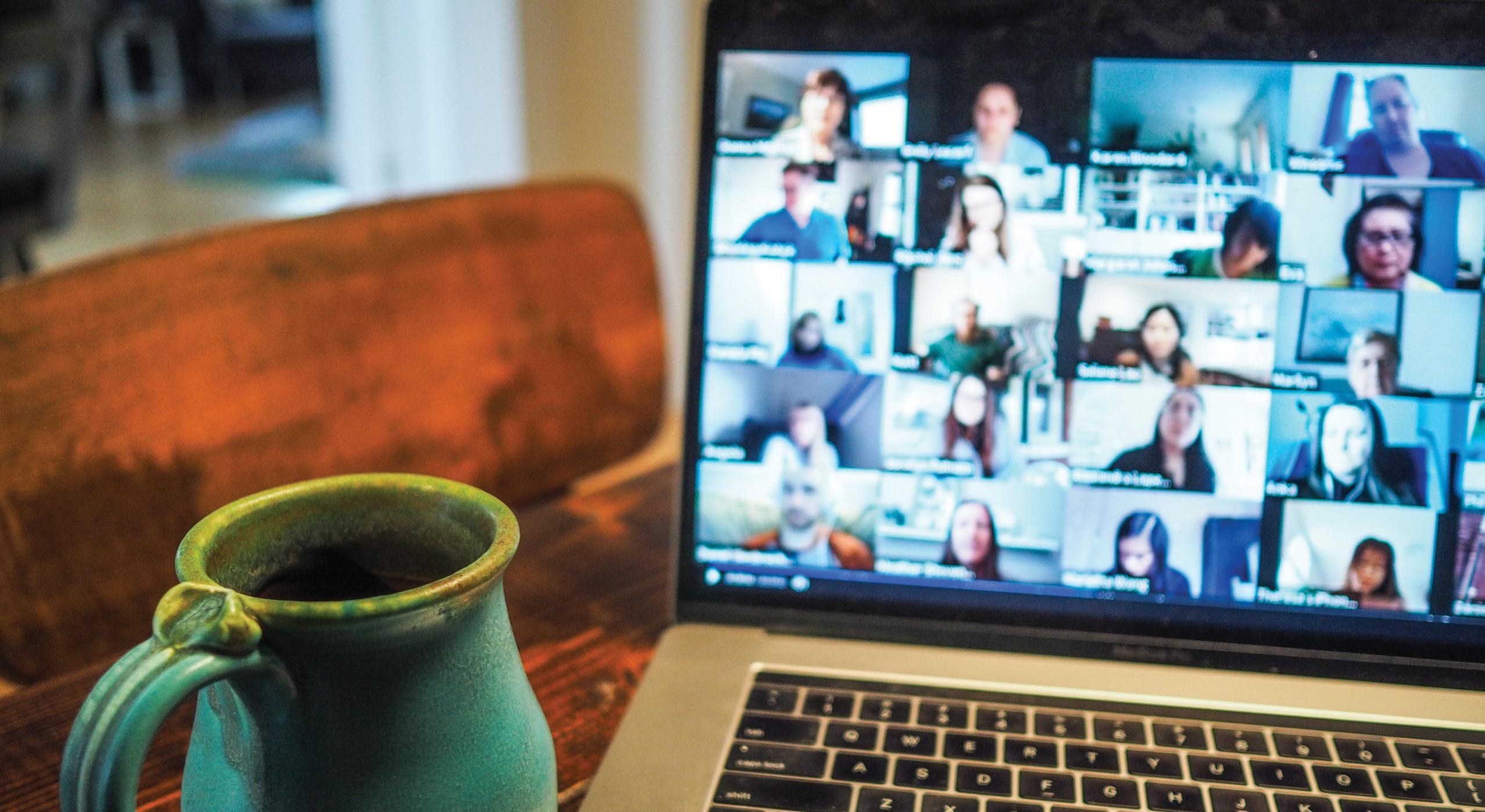Thomas, E.D., Lochte Jr., H.L., Lu, W.C., Ferrebee, J.W. 1957. “Intravenous infusion of bone marrow in patients receiving radiation and chemotherapy.” New England Journal of Medicine 257, 491-496.
Fund the Future: #GivingTuesday & Beyond
Vanikar, A.V., et al. 2012. “Allogenic hematopoietic stem cell transplantation in pemphigus vulgaris: a single-center experience.” Indian Journal of Dermatology 57(1):9-11. Waller, C. 1825. “Case of uterine hemorrhage, in which the operation of transfusion was successfully performed.” The London Medical and Physical Journal 54(320): 273-277. Wang, M. et al. 2017. “Application of autologous hematopoietic stem cell transplantation for pemphigus.” International Journal of Dermatology 56:296-301. Wang, M., et al. 2020. “KTE-X19 CAR T-cell therapy in relapsed or refractory mantle cell lymphoma.” New England Journal of Medicine 382(14):1331-1342.
Dr. Payne is a professor of dermatology at the University of Pennsylvania. She received her BS in biology from Stanford University and her MD and PhD from Washington University School of Medicine, followed by dermatology residency and fellowship training at the University of Pennsylvania. Her clinical practice specializes in the diagnosis and treatment of pemphigus and pemphigoid. Her laboratory research has investigated how autoimmunity occurs in order to develop precision medicine therapies for disease. At Penn, Dr. Payne also serves as Director of the Clinical Autoimmunity Center of Excellence, Core Director for the Skin Biology and Diseases Resource-based Center, Associate Director of the Medical Scientist (MDPhD) Training Program, and faculty advisor for the Association of Women Student MD-PhDs. Outside of Penn, she serves on the Medical Advisory Council of the International Pemphigus & Pemphigoid Foundation, chairs the NIH/NIAMS Board of Scientific Counselors, and is co-founder and co-chair of the Scientific Advisory Board at Cabaletta Bio, Inc., a biotechnology company focused on targeted cellular immunotherapy of pemphigus and other B cell-mediated diseases. This article is a follow up to a talk presented at the IPPF’s annual Patient Education Conference on October 4, 2020. (Conflict of interest statement: Dr. Payne is an inventor on cellular immunotherapy patents licensed by Novartis and Cabaletta Bio. She has received equity, payments, and research funding from Cabaletta Bio.)
Journal of the International Pemphigus & Pemphigoid Foundation
The IPPF has been an active participant in the international movement known as #GivingTuesday for some time, and we are pleased to join again this year and ask for your participation. Giving Tuesday, held on the first Tuesday after the US Thanksgiving (December 1 this year) is a day that brings nonprofits, donors, businesses, and communities together to celebrate generosity and the impact of giving back. This year, our participation will add to our resources and enable us to fund our important work in supporting the pemphigus and pemphigoid patient community. We are excited about participating again as a kickoff to our final fundraising push of 2020. With your help, we are confident that we can meet our goal of raising $40,000 between Giving Tuesday and the end of 2020. To help us achieve our goal, we've received a generous matching gift from the Unger Family Foundation. This match will double all new or increased donations through the end of the year. That means your donation can have twice the impact! Your support is critical to our success, and donating is only one way to get involved. For the month of December and beyond, share why you support the IPPF on social media. Use the hashtag #healourskin and encourage your friends and family to support the IPPF, too. If you haven't already, connect with us on Facebook, Instagram, or Twitter: @healourskin











